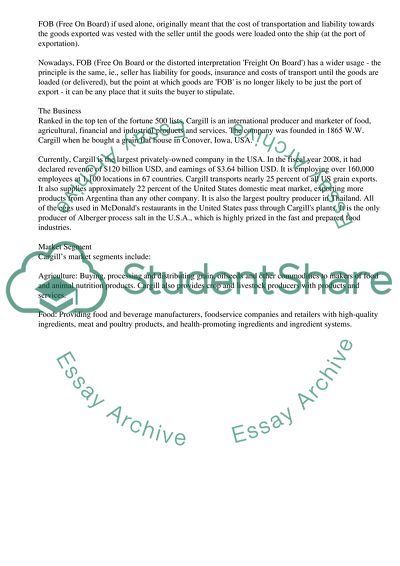Cite this document
(Freight Difference in Long Term Free-on-Board Sales Case Study, n.d.)
Freight Difference in Long Term Free-on-Board Sales Case Study. Retrieved from https://studentshare.org/business/1731124-maritime-business
Freight Difference in Long Term Free-on-Board Sales Case Study. Retrieved from https://studentshare.org/business/1731124-maritime-business
(Freight Difference in Long Term Free-on-Board Sales Case Study)
Freight Difference in Long Term Free-on-Board Sales Case Study. https://studentshare.org/business/1731124-maritime-business.
Freight Difference in Long Term Free-on-Board Sales Case Study. https://studentshare.org/business/1731124-maritime-business.
“Freight Difference in Long Term Free-on-Board Sales Case Study”. https://studentshare.org/business/1731124-maritime-business.


